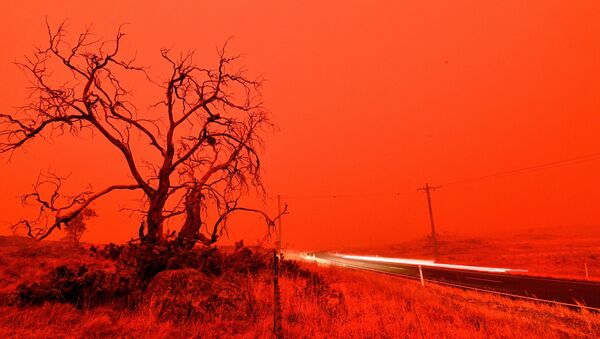According to the news release, the satellite will measure forest ground cover and vegetation moisture levels in Australia. The satellite’s technology will be able to “detect changes in Australian plants and trees such as eucalypts, which are highly flammable.”
The “shoe box-sized satellite” will be built at the university’s Mt. Stromlo campus, after the ANU Institute for Space awarded $1 million to the scientists to develop an optical system that can detect forest cover and moisture levels “through infrared detectors onboard the satellite.”
“The ANU team will partner with other researchers and the private sector to complete the project and launch the new satellite into low-Earth orbit,” the release adds.
Two scientists who will be working on the project are remote-sensing expert Dr. Marta Yebra and instrument scientist Dr. Rob Sharp. Yebra frequently helps emergency agencies and fire response teams across Australia on bushfire risks related to fuel loads.
"With this mission we will receive high-resolution infrared images and data of fuel conditions that will help firefighters on the ground," Yebra explained, adding that the infrared technology they will develop will help “to target controlled burns that can reduce the frequency and severity of bushfires.”
The lightweight satellite will be the first by Australia to monitor the landscape specifically for fire risk.
"We will gradually build up our capacity to monitor these bushfire risks in Australia. At first, we will focus on long-term monitoring. Within the next five years, we plan to be able to monitor changes to our landscape and environment in real time,” Yebra added.
After months of hundreds of dangerous bushfires ravaging Australia, heavy rains in February contained the blazes. The New South Wales Rural Fire Service confirmed Tuesday that the Australian state of New South Wales was completely free of fires for the first time in 240 days.
The respite comes after blazes across the country burned down almost 12 million hectares of land and killed 33 people and around 1 billion animals since September 2019. Australia's Department of Agriculture, Water and the Environment in February announced it has identified 113 species that require “emergency intervention” due to the bushfires damaging their habitats.



